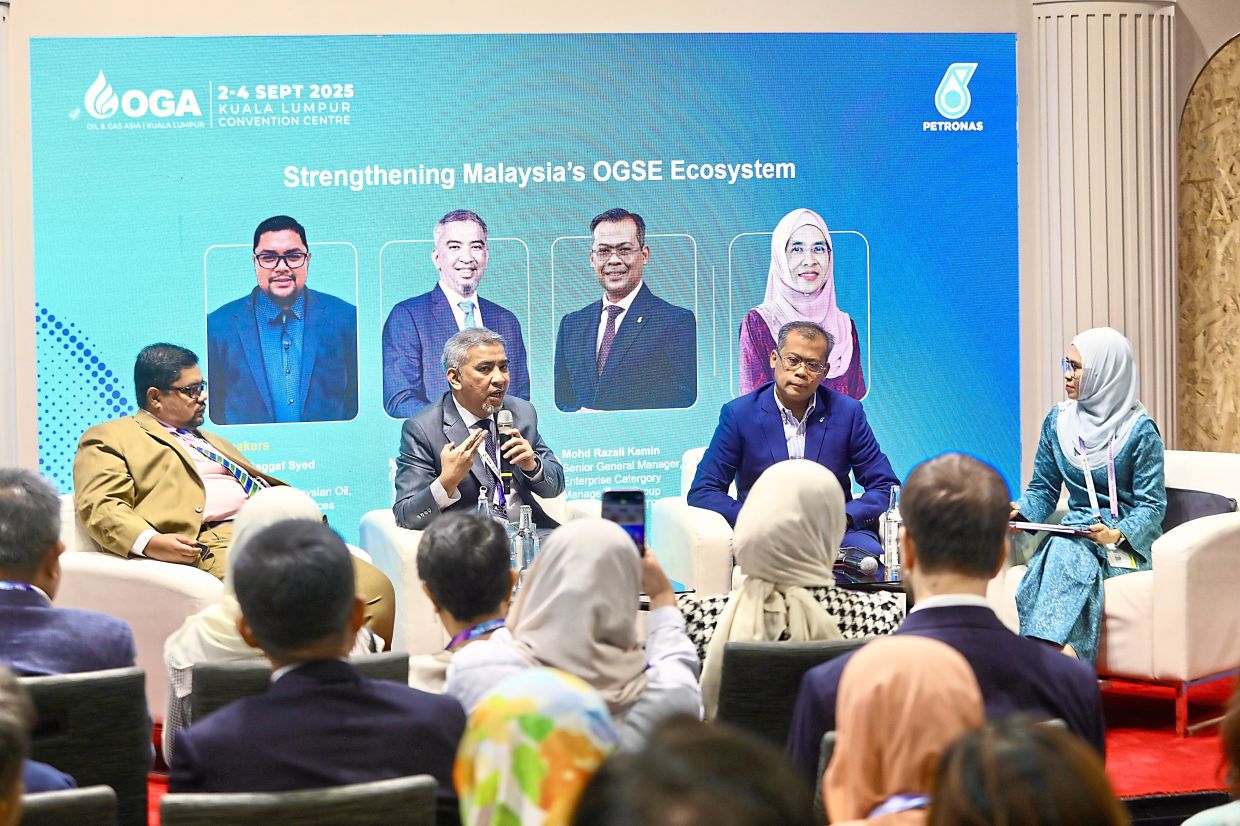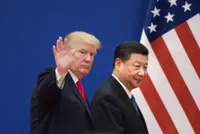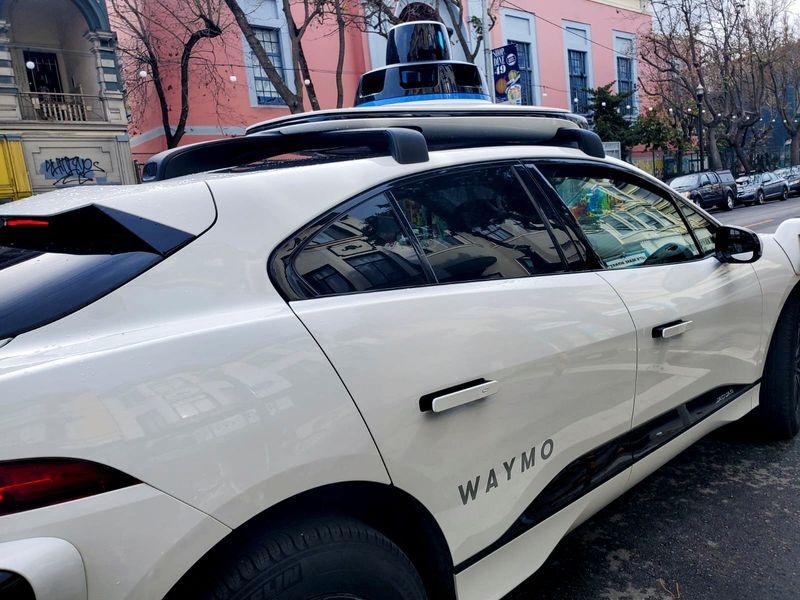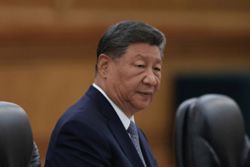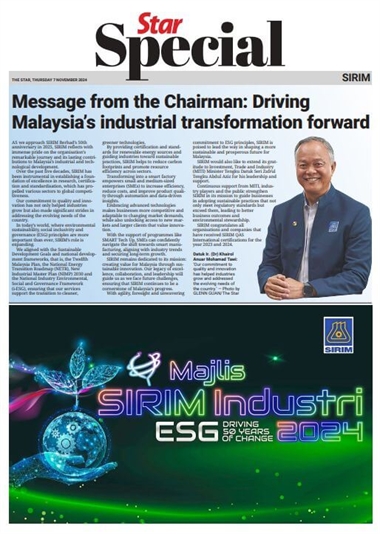
Hangzhou-based DeepSeek has dominated the spotlight in China's AI arena at the expense of local peers such as Moonshot and MiniMax. — SCMP
DeepSeek sent shock waves across China’s artificial intelligence (AI) community after its low-cost models upended conventional thinking in the industry, prompting other start-ups to launch open-source models and seek fresh funding.
A spin-off from a hedge fund owned by Liang Wenfeng, DeepSeek grabbed headlines for its impact on Wall Street and Silicon Valley. The Hangzhou-based start-up has also dominated the spotlight in China’s AI arena at the expense of local peers such as Moonshot AI and MiniMax.
In July 2024, when DeepSeek released its V2 model that triggered a price war in China’s AI market, Liang said in an interview that the company had “accidentally” become the “catfish” in the industry, as it did not intend to disrupt the sector. But when DeepSeek released V3 last December and R1 in January this year, the firm raised existential questions for many players in China’s crowded AI model market.
DeepSeek’s disruption, however, appears to have given China “the edge” in terms of strong AI model capabilities and democratising access to the technology for more companies to pursue further innovation.
“Before DeepSeek’s R1, many (Chinese AI start-ups) were starting to pivot and focus on consumer-facing applications, driven by the same monetisation strategy in the mobile internet era,” said AI analyst Grace Shao, founder of industry newsletter AI Proem. “Meanwhile, in the US, AI has been largely diffused as a way to empower enterprises and white-collar productivity.”
Shao pointed out that the divergent approaches are caused by structural economic differences between the US and China markets. She added that strong model capabilities remain the foundation of the AI industry.
As such, other Chinese AI model developers are now moving to narrow the gap with DeepSeek in terms of achieving major AI breakthroughs.
Beijing-based start-up Zhipu AI, which received backing from Tsinghua University in 2019, said on Monday that it has raised 1bil yuan (RM611.27mil or US$140mil), including funding from the municipal government of Hangzhou, capital of eastern Zhejiang province, where it has set up a subsidiary.
Zhipu AI – also backed by renowned investors Qiming Venture Partners, Hillhouse Capital, Legend Capital and HongShan – jumped on the open-source bandwagon by making its AI models and agents available for developers. On Tuesday, it released its latest open-source text-to-image model, CogView-4, that can generate Chinese characters.
Open source gives public access to a software program’s source code, allowing third-party developers to modify or share its design, fix broken links or scale up its capabilities. Open-source technologies have been a huge contributor to China’s flourishing tech industry over the past few decades.
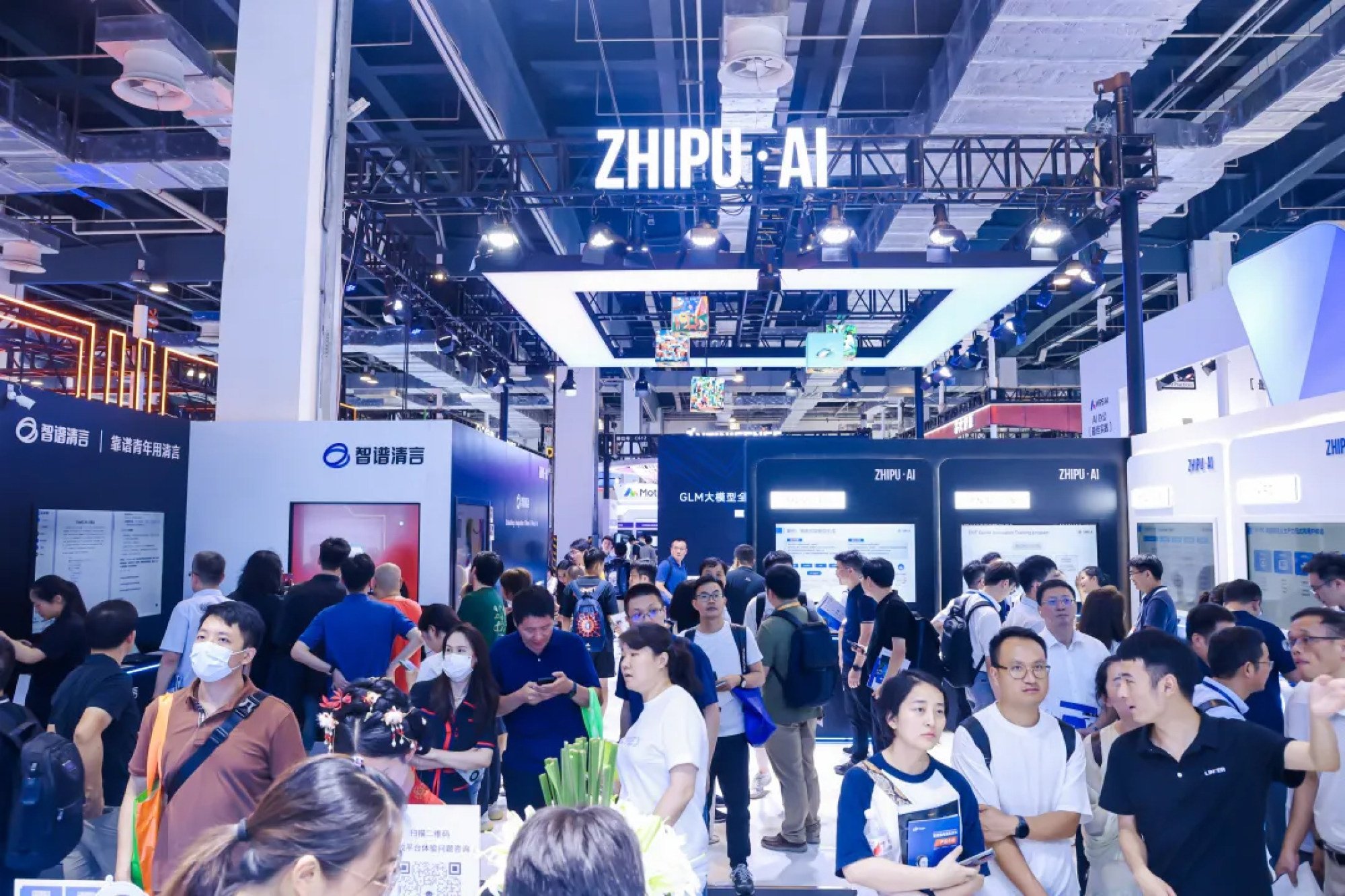
“For the generation of entrepreneurs born in the 80s and 90s, there is a desire to prove to the world that Chinese companies can innovate, instead of just ‘copying’,” Shao said, adding that this has helped fuel the current open-source trend in AI development.
“It is more exciting to be quoted or used by developers and businesses outside China than making money off of a single project,” she said.
Shanghai-based Stepfun, an AI start-up founded in 2023 by ex-Microsoft Research Asia chief scientist Jiang Daxin, last month introduced two open-source multimodal models: Step-Video-T2V, which generates videos from text, and Step-Audio for voice interactions. The company also plans to release an image-to-video model this month.
Stepfun’s backers include the Shanghai municipal government-owned Capital Investment Co, internet giant Tencent Holdings, Qiming Venture Partners and 5Y Capital, according to the start-up’s latest funding round announced at the end of 2024.
MiniMax, known for its popular personalised AI apps Talkie and its domestic twin Xingye, joined the open-source wave in January shortly after DeepSeek’s V3 release, with its large language model (LLM) MiniMax-Text-01, along with the MiniMax-VL-01, a multimodal model. LLM is the technology underpinning generative AI services like ChatGPT and Baidu’s Ernie Bot.
“If I had the chance to do it again, I would have chosen open-source from day one,” founder Yan Junjie said in an interview with Chinese media outlet LatePost.
Moonshot AI, known for its Kimi chatbot, released an o1-level multimodal reasoning model called K1.5 in January, coinciding with the launch of DeepSeek’s R1. Last month, Moonshot AI introduced some open-source architecture and optimiser innovations.
Baichuan AI, founded by former Sogou chief executive Wang Xiaochuan, has honed its focus on the medical sector. Earlier this week, the company let its financial services team go. Baichuan confirmed the restructuring move to the South China Morning Post, saying that it was “optimising and adjusting the financial business to concentrate resources and focus on our core medical businesses”.
01.AI, founded by former Google China president Lee Kai-fu, has pivoted away from training large-scale AI models to sharpen its focus on industry-specific applications. Early this year, the start-up partnered with Alibaba Group Holding’s cloud computing services unit to build an “industrial large model joint lab”, with several 01.AI employees transitioning to Alibaba Cloud as part of the collaboration. Alibaba owns the Post. – South China Morning Post




